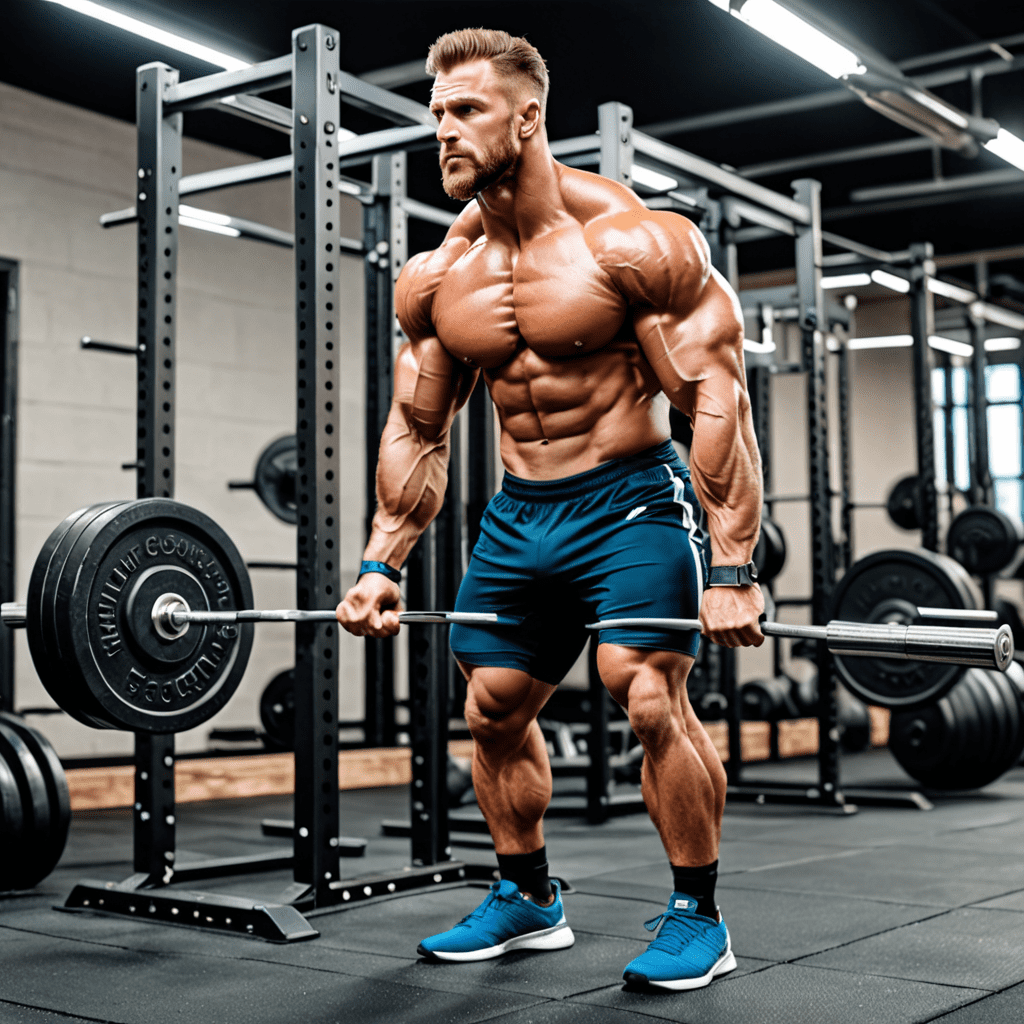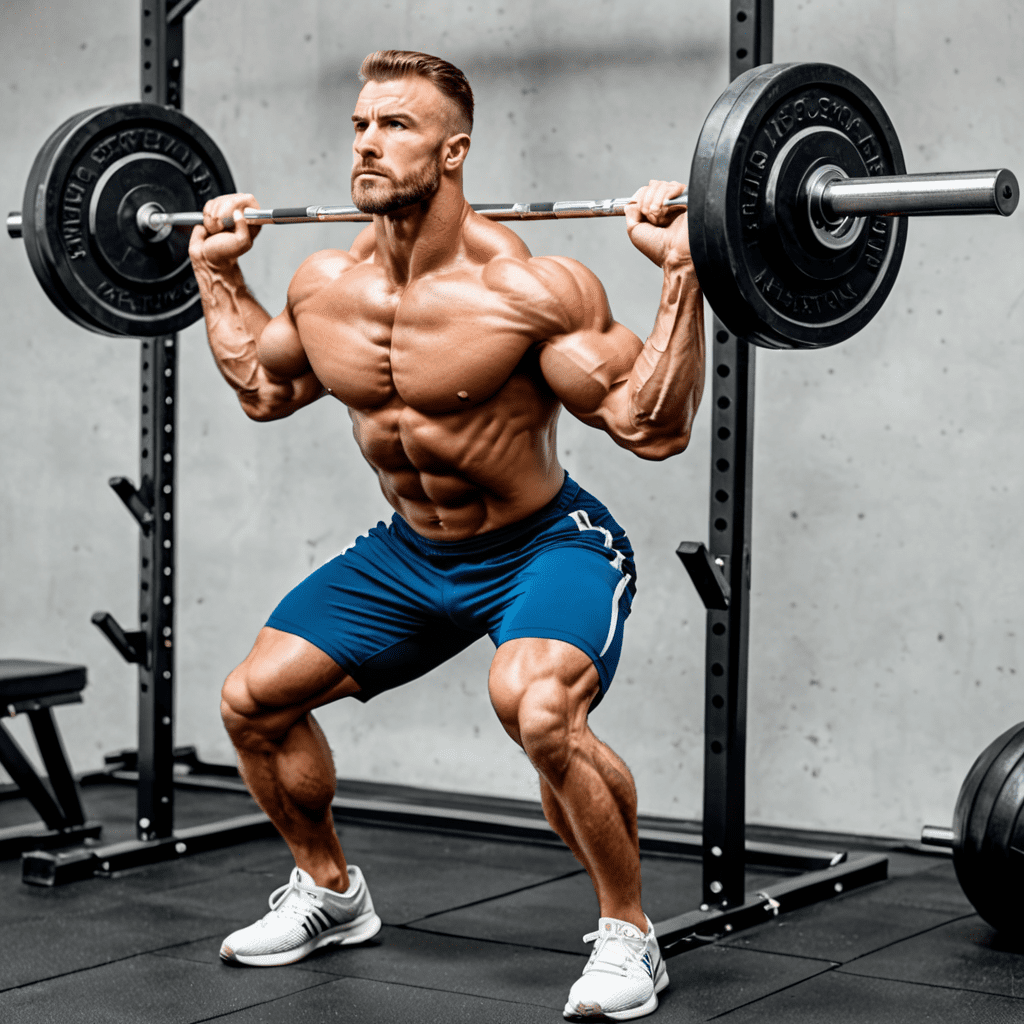
Squat Your Way to Success: Finding the Right Weight for Your Routine
When it comes to strength training and building lower body muscles, squats are among the most effective exercises. However, many people struggle with determining the appropriate amount of weight to squat. Finding the right weight is crucial to ensure you challenge yourself without risking injury or compromising your form. In this article, we’ll discuss how to determine the ideal weight for your squat routine and provide some tips to help you progress safely and effectively.
Understanding Your Fitness Level and Goals
Before determining the weight to squat, it’s essential to consider your fitness level and goals. If you’re a beginner or have limited experience with strength training, you’ll want to start with lighter weights to ensure proper form and prevent injury. On the other hand, more experienced individuals may require heavier weights to continue challenging their muscles and promoting growth. Let’s explore the different scenarios:
Beginners: Start Light and Focus on Technique
If you’re new to squats, it’s important to prioritize proper technique and gradually build strength. Starting with bodyweight squats is an excellent way to master the fundamentals and work on your form. As you become more comfortable, you can gradually add external resistance.
When determining the weight to add, choose a load that allows you to perform the exercise with perfect technique for 10-12 repetitions. If you can complete the set without feeling challenged, consider adding more weight gradually.
Intermediate Lifters: Find Your One-Rep Max
For intermediate lifters, finding your one-rep max (1RM) is an effective strategy to determine the appropriate weight for squats. Your 1RM represents the maximum amount of weight you can lift for a single repetition with proper form.
To find your 1RM, warm up adequately and gradually increase the weight until you reach your maximum effort. It’s crucial to have a spotter or trainer present when attempting your 1RM to ensure safety.
Once you’ve determined your 1RM, you can use it as a guide to plan your training. Generally, for muscular endurance, aim for around 60-70% of your 1RM, while for strength and hypertrophy, 75-85% is typically recommended.
Advanced Lifters: Utilize Progressive Overload
Advanced lifters have likely already established a solid foundation of strength and have been consistently progressing in their training. For them, utilizing the principle of progressive overload is key to continued growth and improvement.
Progressive overload involves gradually increasing the demands on your muscles over time. This can be achieved by adding more weight, increasing the number of repetitions, or reducing rest periods between sets. The key is to continually challenge your muscles and avoid plateauing.
Consider adding 2-5% more weight to your squat routine every few weeks, or when you feel comfortable with your current weight. By doing this, you’ll ensure that your muscles are consistently adapting to new stimuli and growing stronger.
Listen to Your Body
While these guidelines can provide a starting point, it’s essential to listen to your body and make adjustments accordingly. Every individual is unique, and factors such as age, genetics, and overall fitness level can influence how much weight you should squat.
Always pay attention to any pain or discomfort during your workouts. If you’re experiencing joint pain or your form is consistently compromised, it may be wise to lighten the load and seek guidance from a qualified trainer or fitness professional.
Frequently Asked Questions
Q: Can I squat without weights?
A: Yes, squats can be performed without weights. Bodyweight squats are an excellent option, especially for beginners, as they allow you to focus on mastering the movement pattern and building a foundation of strength.
Q: Can I squat too much weight?
A: Yes, squatting too much weight can increase the risk of injury, especially if your form deteriorates. It’s crucial to prioritize proper technique and gradually increase the weight to ensure your muscles can handle the load safely.
Q: How often should I squat?
A: The frequency of your squat workouts depends on your overall training program and goals. As a general guideline, aim for at least two to three squat sessions per week, allowing ample rest and recovery between sessions.
Q: Should I incorporate other lower body exercises with squats?
A: While squats are an excellent compound exercise that targets multiple muscles, incorporating other lower body exercises can provide additional variety and help target specific muscle groups. Exercises like lunges, deadlifts, and leg presses can complement your squat routine.
Q: How long does it take to see results from squatting?
A: The time it takes to see results from squatting varies from person to person and depends on factors such as consistency, intensity, nutrition, and overall fitness level. With regular training and a balanced diet, you can expect to see improvements in strength and muscle development within a few weeks to a couple of months.
Q: Should I consult a professional before starting a squat routine?
A: If you’re new to strength training or have any concerns about your physical health, consulting a qualified fitness professional or trainer is recommended. They can assess your fitness level, provide guidance on proper form, and help you determine the right weight for your squat routine.


